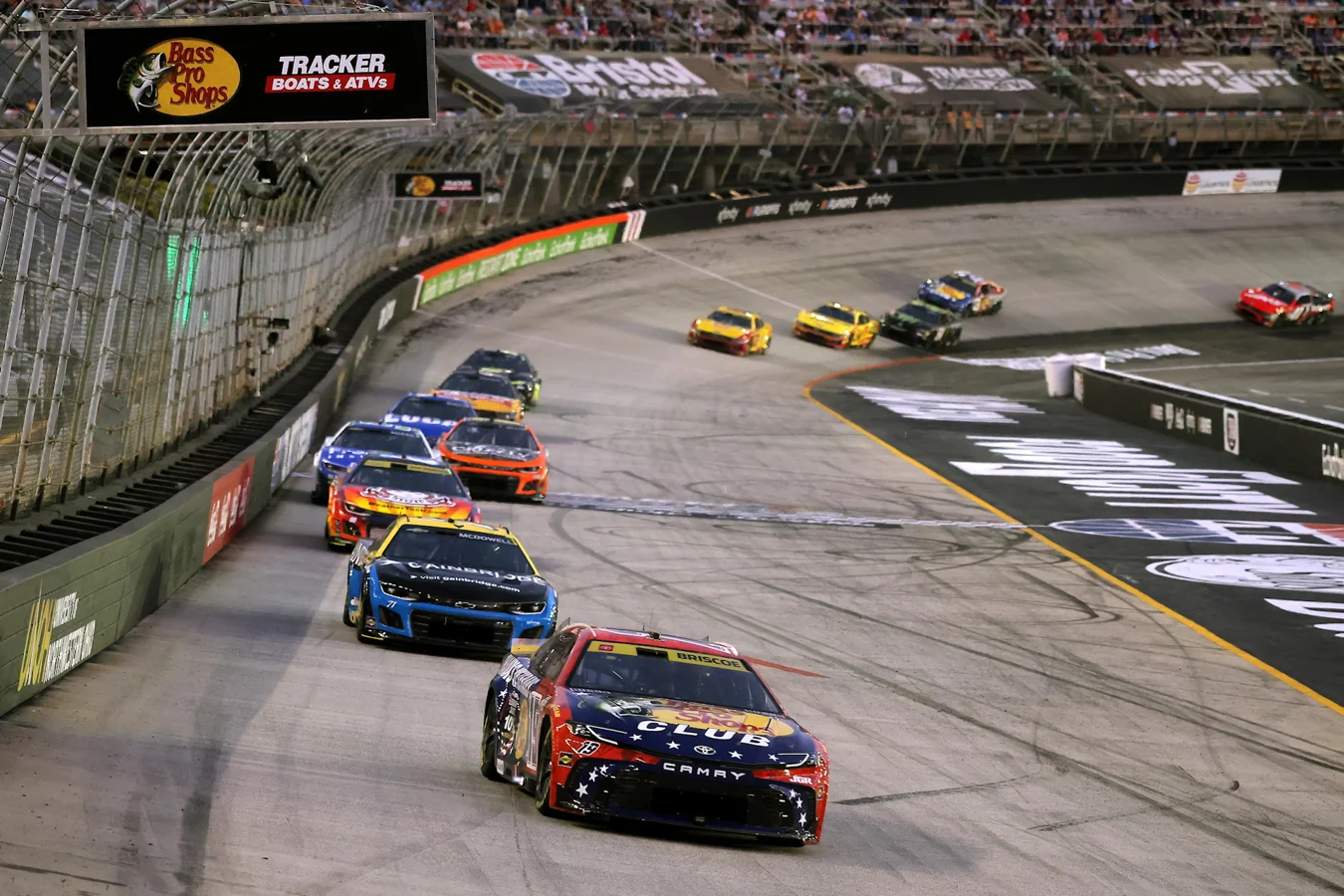The NASCAR Cup Series will see a horsepower increase at specific tracks starting in 2026, addressing long-standing calls from fans for more powerful race cars. Cup Series horsepower increase 2026 is designed to boost on-track excitement and improve the quality of racing after mixed reviews since the debut of the Next Generation car in 2022.
NASCAR to Implement 750 Horsepower at Select Venues
NASCAR President Steve O’Donnell announced that by the 2026 season, certain categories of tracks will witness a boost in engine power. Specifically, cars will run with 750 horsepower at ovals less than a mile and a half in length, in addition to all road courses. The decision stems from feedback on the racing product at these venues, as shorter tracks and road courses have seen less satisfying competition compared to their high-speed counterparts.
While mile-and-a-half and two-mile ovals will not receive the horsepower increase, the following tracks will adopt the 750 horsepower configuration: Bowman Gray Stadium, Circuit of the Americas, Phoenix Raceway, Darlington Raceway, Martinsville Speedway, Bristol Motor Speedway, Watkins Glen International, Dover Motor Speedway, Nashville Superspeedway, San Diego Street Course, Sonoma Raceway, North Wilkesboro Speedway, Iowa Speedway, Richmond Raceway, New Hampshire Motor Speedway, World Wide Technology Raceway, and Charlotte Motor Speedway ROVAL.
This adjustment aims to intensify racing challenges, as higher horsepower places greater emphasis on throttle control and increases tire wear. Increased tire degradation is expected to create more opportunities for overtaking, a factor that has become central to the racing experience at short tracks and road courses under the current rule package.
It is important to note that not all these tracks will feature points-paying Cup Series races in 2026. For example, Bowman Gray Stadium will host the Cook Out Clash, and Dover Motor Speedway is set for an All-Star Race—for exhibition purposes only.
Official Announcement and Reactions in the Racing Community
Confirmation of the 2026 Cup Series horsepower increase arrived via a media release and podcast appearance, capturing the attention of fans and industry insiders. As shared by Dirty Mo Media and NASCAR:
“BREAKING NEWS: @NASCAR announces 750HP at select tracks for 2026. 🐎⬆️
Steve O’Donnell joins the @DaleJr Download – listen now! 🎙️Apple: https://t.co/gDm5nUp3cgSpotify: https://t.co/MlreMNZJgmYouTube: https://t.co/VwYx4FLA6S pic.twitter.com/1HeKBQAcY9
— Dirty Mo Media (@DirtyMoMedia) October 8, 2025”
O’Donnell’s conversation with Dale Earnhardt Jr. provided further details on which tracks would see the update and offered a look into the deliberation process that guided the new rules.
Leadership Discuss the Broader Implications of Rule Changes
As NASCAR leadership clarified, increasing horsepower is part of a comprehensive approach to improving the performance of Next Generation cars. Steve O’Donnell emphasized the need to synchronize various technical elements:
“Whatever you do, you want to make sure that if you’re going to change horsepower within the car, you’ve got to match it up with the aero,”
Steve O’Donnell, President, NASCAR.
He continued by highlighting considerations around braking systems and aerodynamic setups as critical components that must evolve in tandem with power changes.
“We hear the fans. We hear the industry. Yes, we want to try and see what will work here.”
Steve O’Donnell, President, NASCAR.
John Probst, NASCAR executive vice president and chief racing development officer, reinforced this commitment by addressing the significance of stakeholder feedback:
“Like any other change that we are considering to the cars, we listen to the fans a lot,”
John Probst, Executive Vice President & Chief Racing Development Officer, NASCAR.
Probst acknowledged that guidance from drivers, broadcasters, manufacturers, teams, and business figures also shapes NASCAR policy. He added:
“Our fans are very passionate. They provide very candid feedback. So, that all is very important to us. We do listen to it. Their feedback is very important.”
John Probst, Executive Vice President & Chief Racing Development Officer, NASCAR.
The emphasis on transparent dialogue demonstrates how decisions over Cup Series horsepower increase 2026 respond not only to competitive dynamics but also to the collective input from all corners of the NASCAR community.
Testing, Tires, and Next Steps Ahead of the 2026 Season
Alongside increased horsepower, NASCAR is considering adjustments to aerodynamic packages and tires. O’Donnell described plans for an offseason tire test at North Wilkesboro Speedway, an important short-track venue, to assess various combinations for 2026.
“I think some of the drivers are happy about that,”
Steve O’Donnell, President, NASCAR.
He elaborated on NASCAR’s commitment to ongoing testing and development:
“Just looking at what can we do with the tires now. Goodyear is stepping up. Not perfect. But we’re putting some ideas together and going and trying it at North Wilkesboro. And we’ll see what happens.”
Steve O’Donnell, President, NASCAR.
By exploring new tire options and evaluating their compatibility with higher horsepower and altered aero setups, NASCAR aims to ensure that racing at short tracks and road courses meets both competition and entertainment objectives. Goodyear’s involvement and the willingness of drivers to participate in testing signal a collaborative approach to fine-tuning the race package for the future.
With these changes, NASCAR is responding to persistent fan and industry feedback, aiming to revitalize the racing product at critical venues for the 2026 season and beyond. The Cup Series horsepower increase 2026 may redefine competitiveness on short tracks and road courses, while the series continues to evolve with input from business leaders, drivers like Dale Earnhardt Jr., and organizations including Goodyear and race venues across the nation. Teams, manufacturers, and stakeholders in events like the Cook Out Clash and All-Star Race will be closely watching the impact of these technical shifts when the green flag falls in 2026.
BREAKING NEWS: @NASCAR announces 750HP at select tracks for 2026. 🐎⬆️
Steve O'Donnell joins the @DaleJr Download – listen now! 🎙️
Apple: https://t.co/gDm5nUp3cg
Spotify: https://t.co/MlreMNZJgm
YouTube: https://t.co/VwYx4FLA6S pic.twitter.com/1HeKBQAcY9— Dirty Mo Media (@DirtyMoMedia) October 8, 2025
